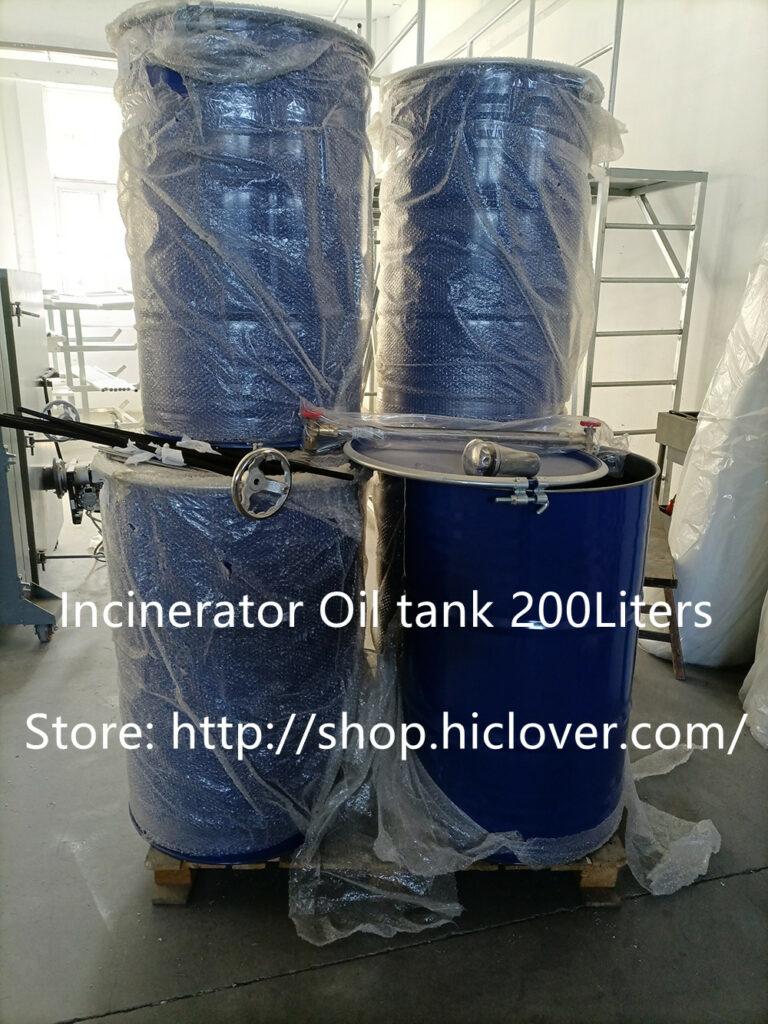The Daito Incinerator is a waste management facility located in Osaka, Japan. While incinerators are often seen as a necessary part of the waste disposal process, they also come with a number of environmental impacts that must be carefully considered.
One of the primary concerns with incinerators is air pollution. When waste is burned, it releases a variety of harmful pollutants into the air, including particulate matter, nitrogen oxides, sulfur dioxide, and volatile organic compounds. These pollutants can contribute to a range of health problems, including respiratory issues, heart disease, and cancer. In fact, a study conducted by the Osaka Prefecture in 2018 found that the Daito Incinerator was a major contributor to air pollution in the surrounding area.
In addition to air pollution, incinerators also generate ash and other byproducts that must be carefully managed. The ash produced by the Daito Incinerator contains heavy metals and other toxic substances that can leach into the soil and water if not properly handled. This poses a risk to local ecosystems and can have long-term impacts on the environment.
Another concern is the release of greenhouse gases. While incineration is often touted as a way to reduce the volume of waste going to landfills, it still produces carbon dioxide and other greenhouse gases that contribute to climate change. In fact, a study conducted by the Environmental Science Research Institute in 2017 found that the Daito Incinerator was the largest single source of greenhouse gas emissions in the city of Osaka.
Despite these concerns, incinerators like the Daito facility continue to be an important part of waste management in many communities. However, it is essential that steps are taken to minimize their environmental impact. This can be achieved through the use of advanced pollution control technologies, strict regulations and monitoring, and increased recycling and waste reduction efforts to reduce the amount of waste that needs to be incinerated.
In the case of the Daito Incinerator, there have been ongoing efforts to improve its environmental performance. In 2019, the facility underwent a major renovation to update its pollution control equipment and improve its overall efficiency. Additionally, the incinerator has implemented a number of measures to reduce its greenhouse gas emissions and better manage its ash and byproducts.
While incinerators will always have some level of environmental impact, steps can be taken to mitigate these effects. As we continue to look for sustainable solutions to our waste management needs, it is important to carefully consider the environmental impact of facilities like the Daito Incinerator, and work towards minimizing their negative effects on the planet.


